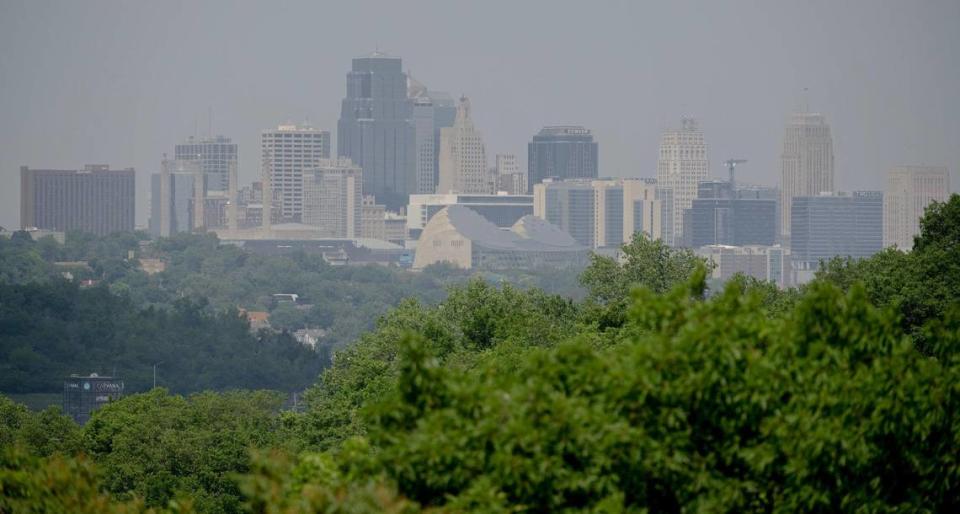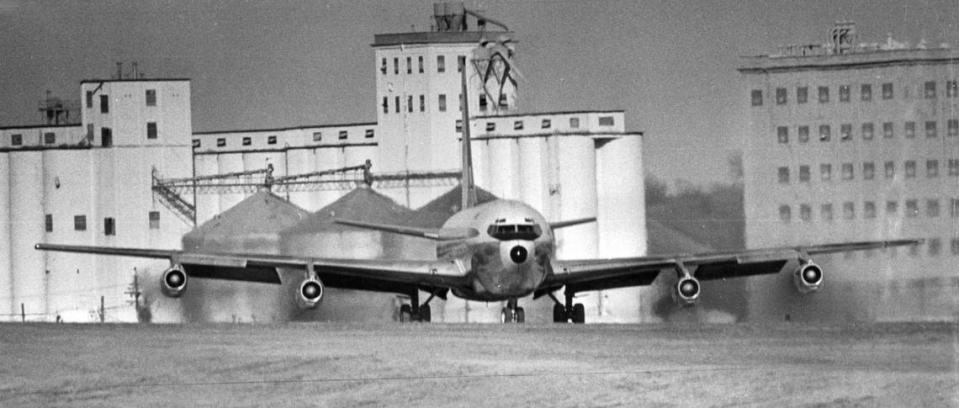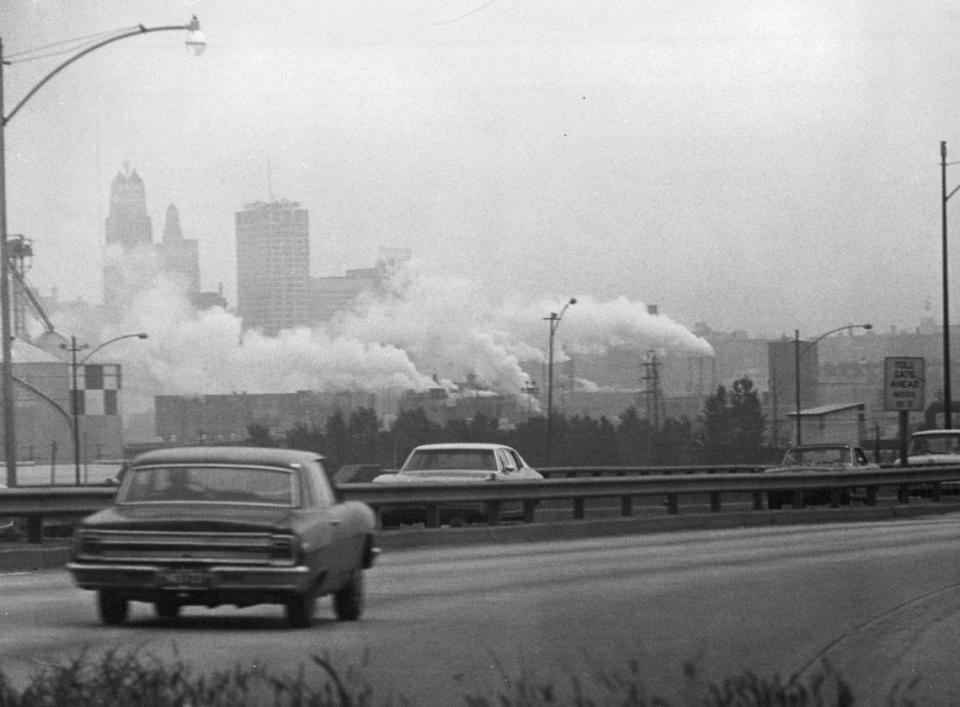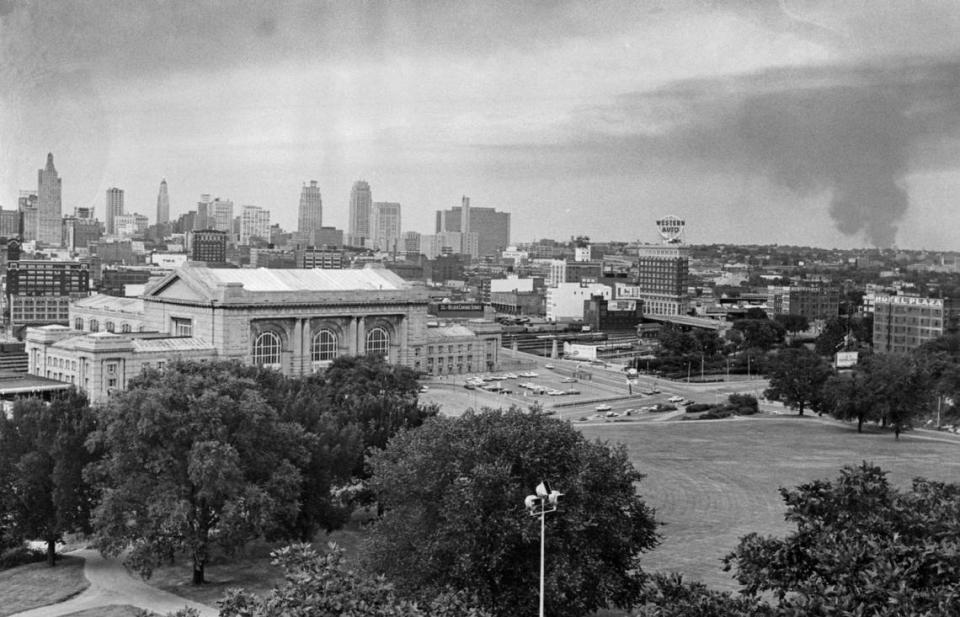Think Kansas City’s air is bad this week? Here is what it was like more than 50 years ago
Maybe you’ve seen it, or maybe you’ve felt it in your throat and your lungs. The air quality in Kansas City has been at the least, ugly, and at its worst, unhealthy, over the past few days.
The air quality has been so unhealthy that the Mid-America Regional Council has issued ozone alerts for Kansas City for the past three days. The multiple days of alerts are unusual in Kansas City where the area sometimes has calendar years without any ozone alerts being issued.
Kansas City is not alone in experiencing the hazy skies and burning eyes that come along with the ozone alert days. Several U.S. cities are reporting days of poor air quality. Smoke in the air from massive wildfires in Canada mixing with other pollutants that hang over most large cities is suspected to be the main cause of the phenomenon.
There was a time when the atmosphere over Kansas City was filled with unhealthy levels of pollutants on a far more frequent basis. Much of what stained the air in the 1960s and 1970s was produced locally and was called “smog”, a combination of the words “smoke” and “fog”.

The skies over our cities appear a little cleaner now thanks to laws that have been put in place to regulate how much and what can be released into the air we breathe. Not all air pollution is highly visible like it is in recent days though. According to a recent report released by the American Lung Association, much of the Kansas City metro receives low grades on the number of days with unhealthy air.
Here are some photos from our archives that show how Kansas City was sometimes smothered in polluted air.








 Yahoo Sports
Yahoo Sports 